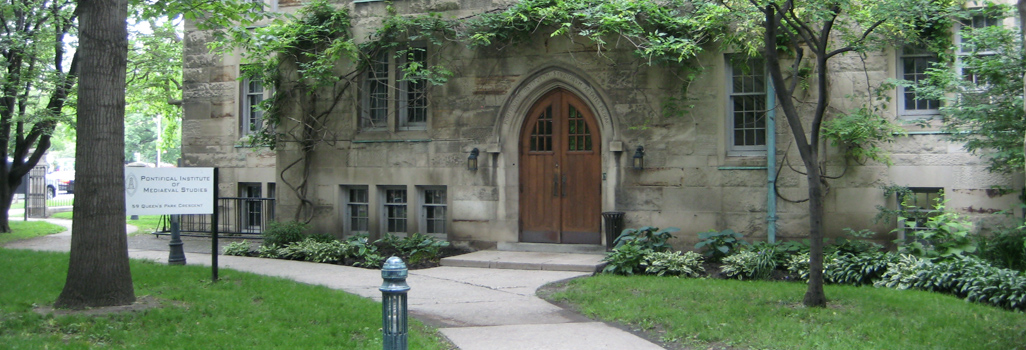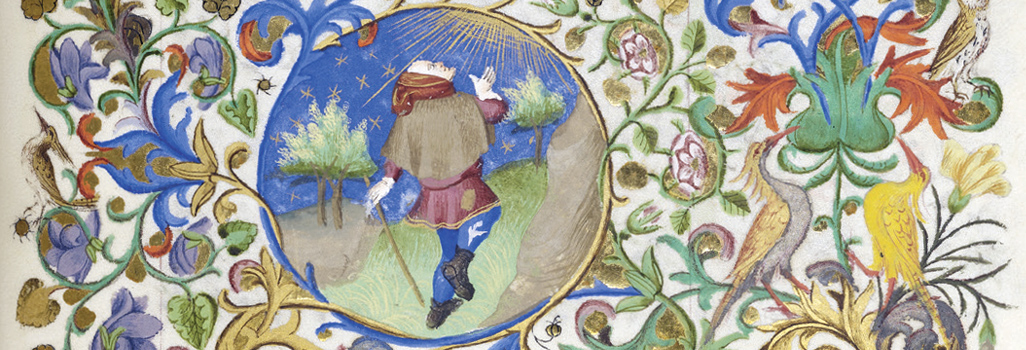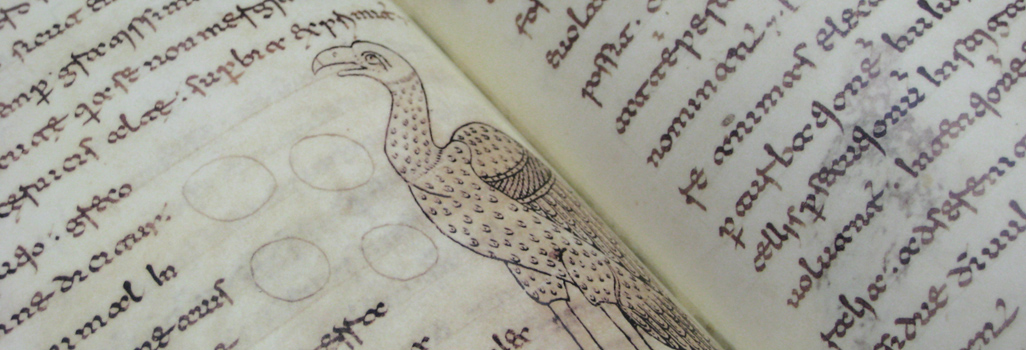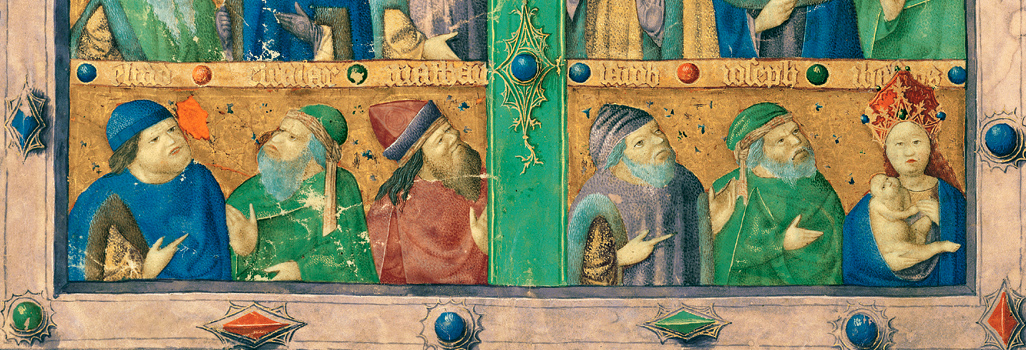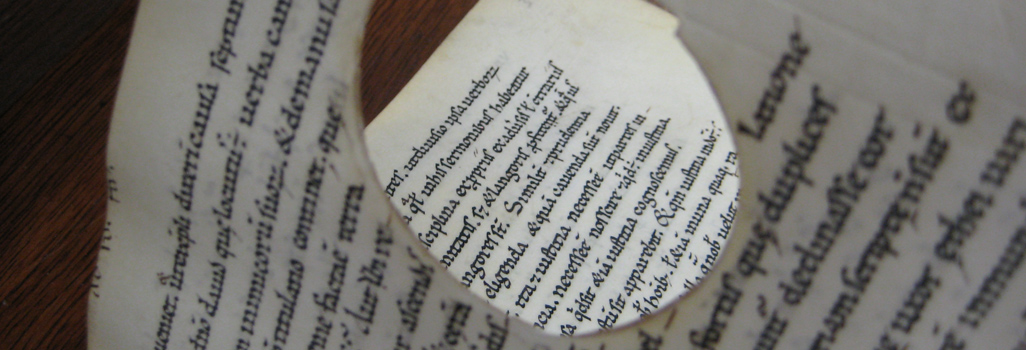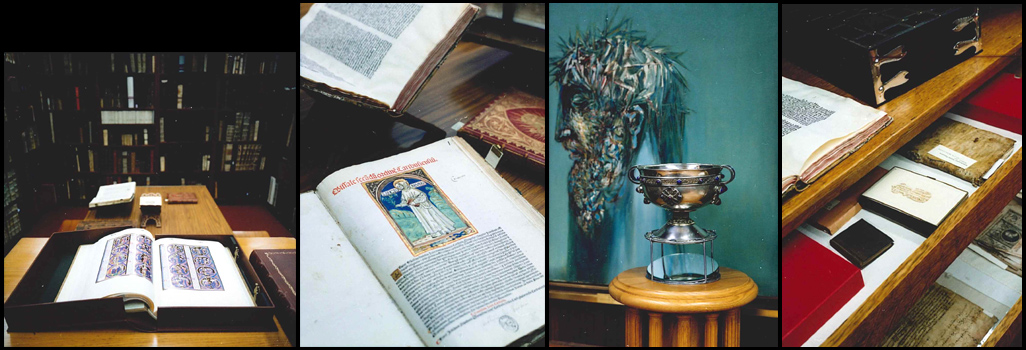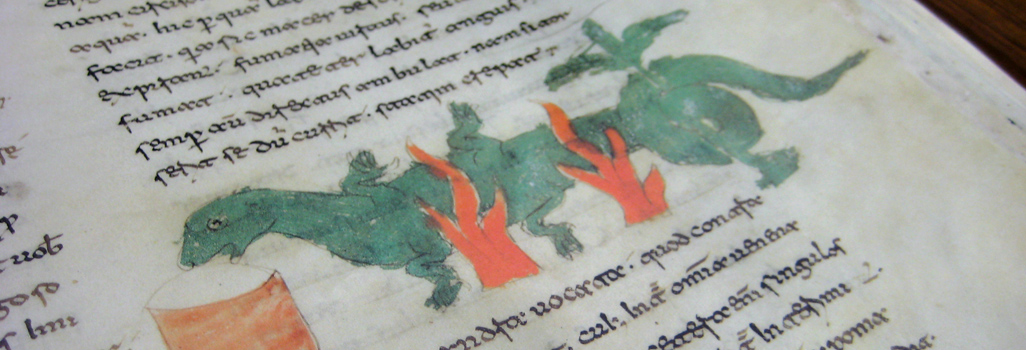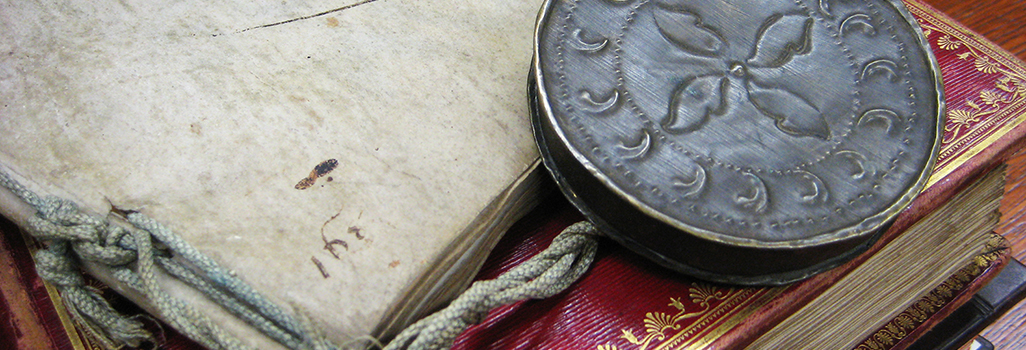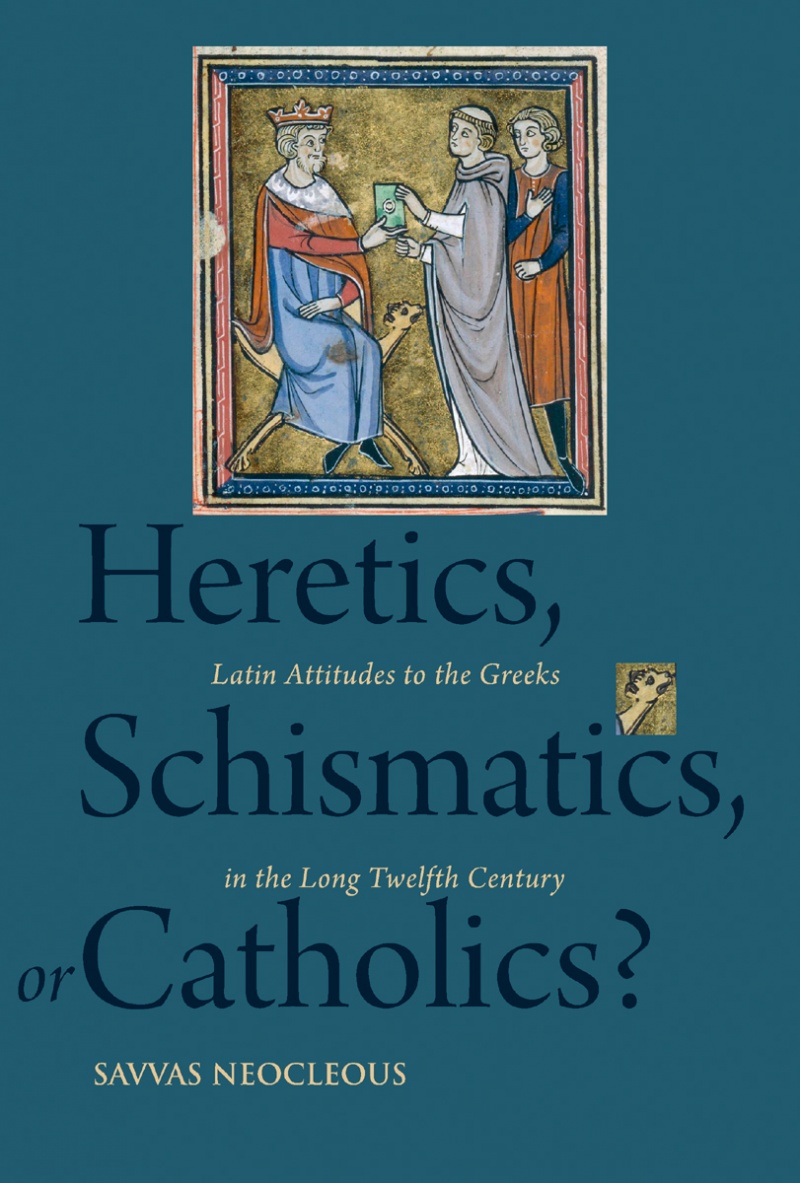
Heretics, Schismatics, or Catholics? Latin Attitudes to the Greeks in the Long Twelfth Century
Studies and Texts 216 • 2019 • xvi + 292 pp. • ISBN 978-0-88844-216-1 • Cloth • $95
The political division of the Roman world into Western and Eastern Roman Empires at the end of the fourth century spurred the divergence of the Latinised Western and the Hellenised Eastern halves. According to a pervasive and deeply ingrained belief in modern academic, educational and popular literature, the ensuing antagonism on religious and cultural grounds between the two parts of medieval Christendom eventually led to the “schism of 1054.” Less than fifty years after the schism, Greeks and Latins came into closer contact as a result of the crusades and the encounter was catastrophic, leading to the capture and sack of Constantinople in 1204 by the armies of the Fourth Crusade. This study, the first to deal exclusively with Latin perceptions of and attitudes toward the Greeks in terms of religion, aims to revisit and challenge the view that the so-called schism between the Latin and Greek Churches led to the isolation of the Byzantine Empire by the Latin states and eventually to the events of 1204.
Heretics, Schismatics, or Catholics? investigates a wide range of often neglected historiographical, theological, and literary sources as well as letters, and covers the period from the last quarter of the eleventh century, when Pope Gregory VII (1073–1085) first conceived the idea of the union of Christendom under papal leadership for the liberation of Eastern Christians, to the decades that followed 1204, when the crusading enterprise went out of papal control and ended up destroying the very empire which it had initially set out to defend. It brings rigorous analysis and a fresh perspective to bear on these antagonisms and divergences: it demonstrates persuasively the persistence of a paradigm of shared unity between Latins and Greeks and their polities within an integral Christendom over the course of the long twelfth century.
Contents
Abbreviations • x
A Note on Transliteration, Capitalisation, and Translation • xiii
Preface • xiv
Introduction • 1
Chapter One: From Pope Gregory VII to the Eve of the Second Crusade • 6
Chapter Two: From the Second Crusade to the End of Manuel’s Reign • 51
Chapter Three: The Last Two Decades of the Twelfth Century (1180–1198) • 98
Chapter Four: From the Preaching of the Fourth Crusade to the Latin Conquest of Constantinople (1198–1204) • 132
Chapter Five: Reaction to 1204 and Attitudes toward the Conquered Greeks: The Official Latin Church • 163
Chapter Six: Reaction to 1204 and Attitudes toward the Conquered Greeks: Evidence from Latin Writers • 196
Conclusions and Epilogue • 239
Appendix • 249
Bibliography • 252
Index • 279
Author
Savvas Neocleous earned his doctorate from Trinity College Dublin and has held postdoctoral fellowships at its Centre for Medieval and Renaissance Studies as well as at the Pontifical Institute of Mediaeval Studies. He is currently a Research Associate in the Centre for Medieval and Renaissance Studies at Trinity College Dublin, and Teaching Fellow in the Department of History and Archaeology at the University of Cyprus. The editor of two volumes, including Papers from the First and Second Postgraduate Forums in Byzantine Studies: Sailing to Byzantium, he is also the author of several essays and articles in Byzantine and medieval history.
Ordering
Customers in North America please order through University of Toronto Press Distribution by phone (1-800-565-9523) or by email (utpbooks@utpress.utoronto.ca). If you would like to order through UTP Distribution using another method such as mail or fax, please click here for a full list of contact and ordering methods. PIMS books are also available on Amazon.ca (for Canadian customers) and Amazon.com (for customers in the U.S.).
Customers outside North America please order through Brepols Publishers. PIMS books are available through the Brepols online catalogue.
